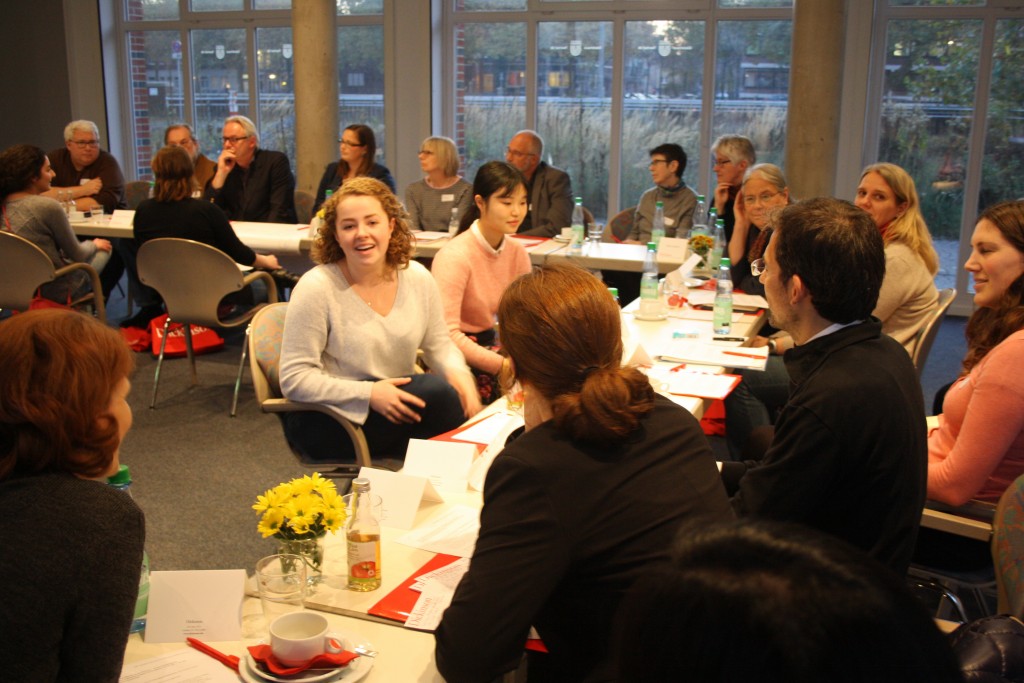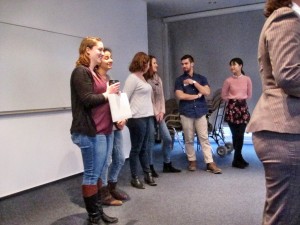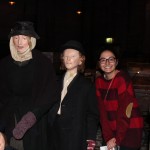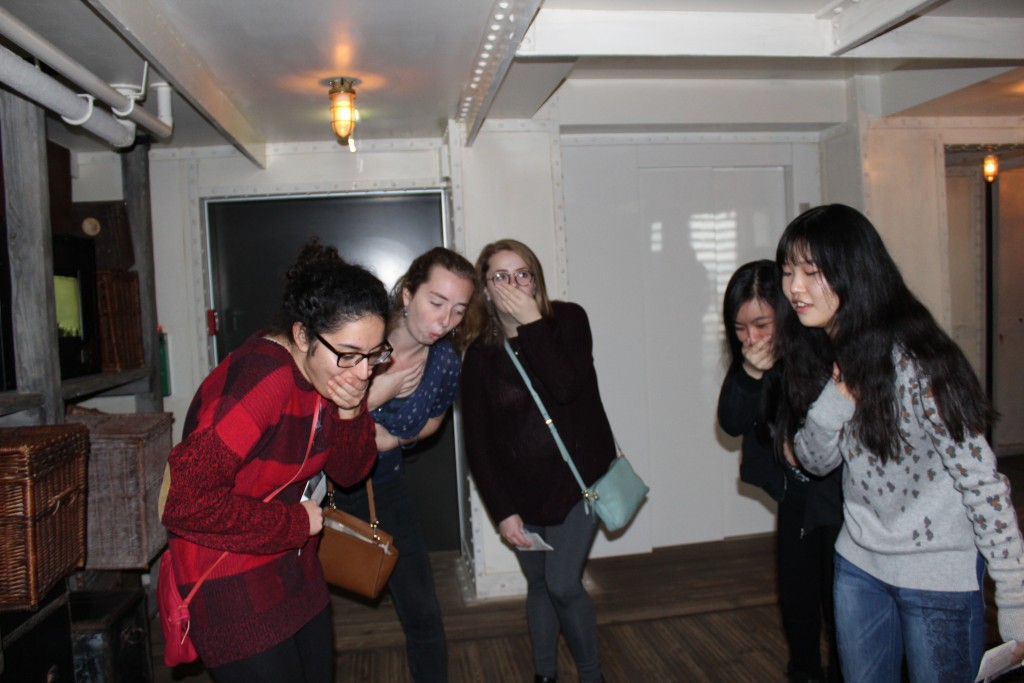Dickinson students participate in a Resident Directors Conference hosted by the Durden Dickinson Bremen Program
On November 11th and 12th, 2016, the Dickinson Durden Bremen Program hosted the annual conference of the Association of American Study Abroad Programs in Germany (AASAP). 27 members of the association, plus speakers and students, met at the guest house of the University of Bremen “Auf dem Teerhof 58,” which was purchased in the 1980s with the support of Dickinson College. The venue is beautifully located on an island in the river Weser.
The participants, representing different German-American study abroad institutions from all over Germany, discussed trends and goals in study abroad. The keynote speaker, Neil van Siclen, President of the Carl Schurz German-American Club (CSDAC) in Bremen, presented an insightful meta-study on motivations of American students for studying abroad (in Germany). Please find the conference program, van Siclen’s presentation, and a video here:
Neil van Siclen Presentation RD Conference
© Anneke ter Veen, CompanyTeeVee
Student Workshop: One Month at Uni Bremen – Student Experiences
The exchange of experiences between program directors helps them to strive towards improving their programs and adapting to new trends and situations. Thus, one of the highlights of the conference was a workshop with 6 Dickinson students who are currently spending their junior year abroad at the University of Bremen: Katelyn King, Yelyzaveta Konovalova, Zhen Luo, Lee Mottola, Caroline Pappalardo, and Meghan Straub talked to the participants about their experiences, motivations, and strategies in three different areas: 1. Expectations and Reasons for Choosing Germany, 2. Cultural Matters. First Impressions, 3. Academic Matters. First Impressions of Courses.

Moderator Janine Ludwig (next to the Dickinson students) explains the format of the rotating talks before the panel
After the roating talks, the participants who had written flip chart posters, presented summaries of their talks with the students. They were very impressed with the Dickinson students, not only with the great German they spoke, but also with the interesting reflections they shared.
Please find the student statement summaries here:
DiB RD Conference Student Workshop – English JL
In the evening, the participants and students took part in the Bremen lantern walk for St. Martin’s day and had dinner together.
The William G. and Elke Durden Dickinson in Bremen Program – represented by the Academic Director Dr. Janine Ludwig and the Program Coordinator Verena Mertz – and the AASAP, represented by Chief Executive Dr. Kurt Gamerschlag, would like to thank Neil van Siclen (CSDAC), Dr. Annette Lang, Head of the International Office of the University of Bremen, the participants, and our students for making this a successful conference!

Verena Mertz, Kurt Gamerschlag (AASAP), Neil van Siclen (CSDAC), Annette Lang (Uni Bremen), Janine Ludwig (from left to right) © Anneke ter Veen





































